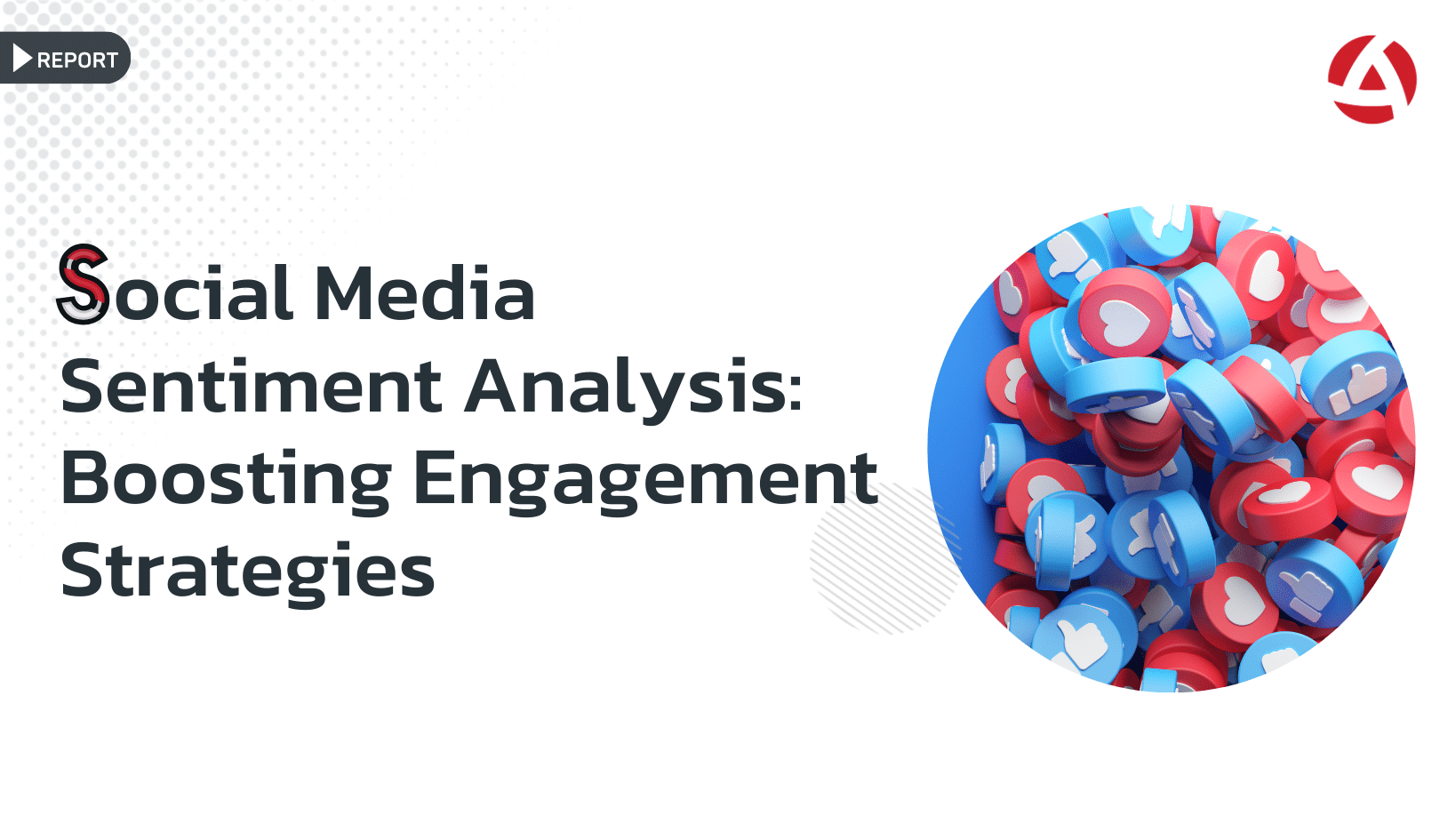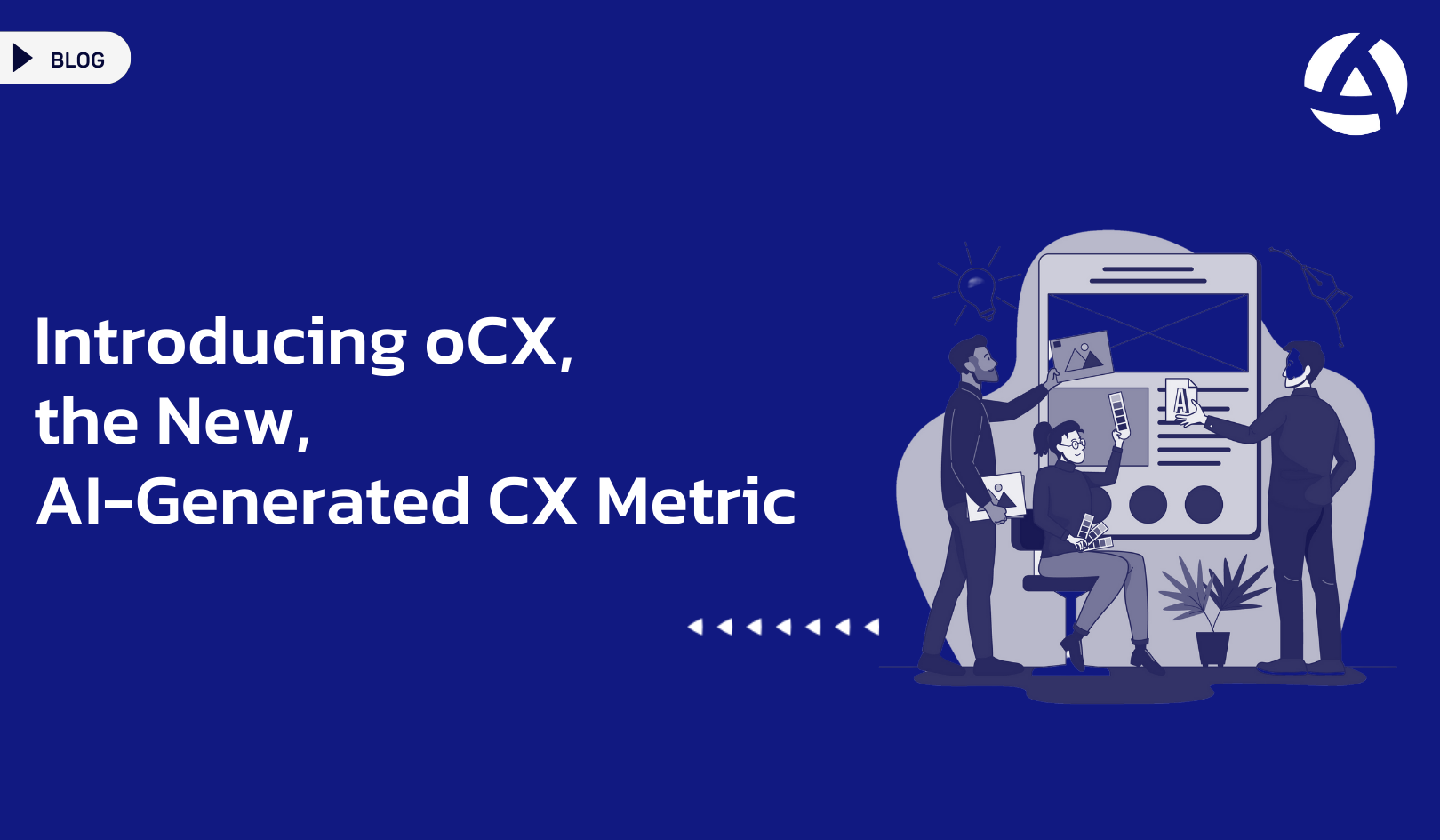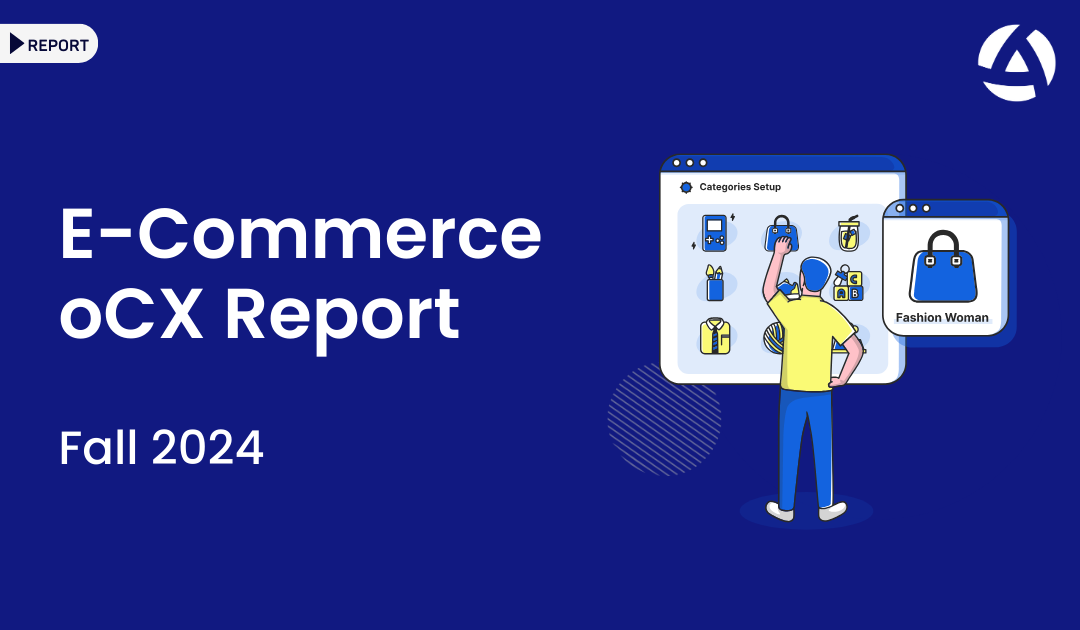Data migration plays a critical role in the successful implementation of customer experience technology. Moving customer data between systems can be complex, but it is essential to ensure that businesses continue to deliver smooth, consistent customer experiences. CX technology supports efficient data migration, ensuring minimal disruption during transitions.
Why Data Migration Is Key in CX Technology
When businesses upgrade their CX systems or switch platforms, transferring customer data securely and accurately is necessary to maintain a high-quality experience. Migrating data without the proper tools can result in:
- Loss of customer information
- Data inconsistency
- Inefficient workflows
Customer experience technology helps alleviate these challenges by automating the migration process and reducing the risk of errors.
Steps to Simplify Data Migration
Data migration involves several key stages that must be managed effectively. Leveraging CX technology can make the following steps more efficient:
- Data assessment: Before migrating, it’s essential to evaluate the current state of your data. Determine what needs to be transferred, cleaned, or archived.
- Planning: Create a detailed plan outlining the timeline, tools, and methods to be used during the migration.
- Execution: Utilize customer experience technology to automate the migration process, reducing manual effort and minimizing disruption.
Benefits of CX Technology for Data Migration
There are several reasons why integrating customer experience technology into data migration processes can be beneficial:
- Automation: Automation tools in CX technology reduce the manual effort required to move data from one system to another.
- Data integrity: These tools help ensure the accuracy and consistency of data throughout the migration process.
- Security: Customer experience technology provides enhanced security protocols to protect sensitive customer information during the migration.

Frequently Asked Questions
How does CX technology improve data migration?
Customer experience technology automates key aspects of data migration, such as data transfer, validation, and error handling, ensuring data accuracy and security while reducing manual effort.




